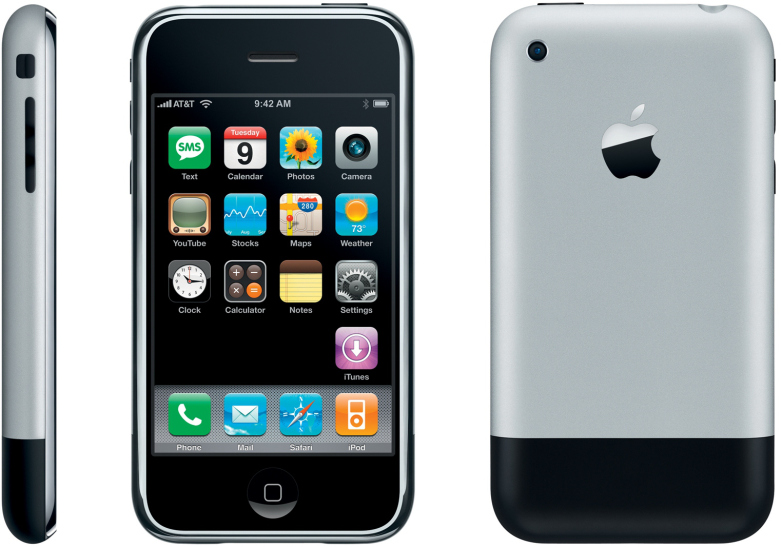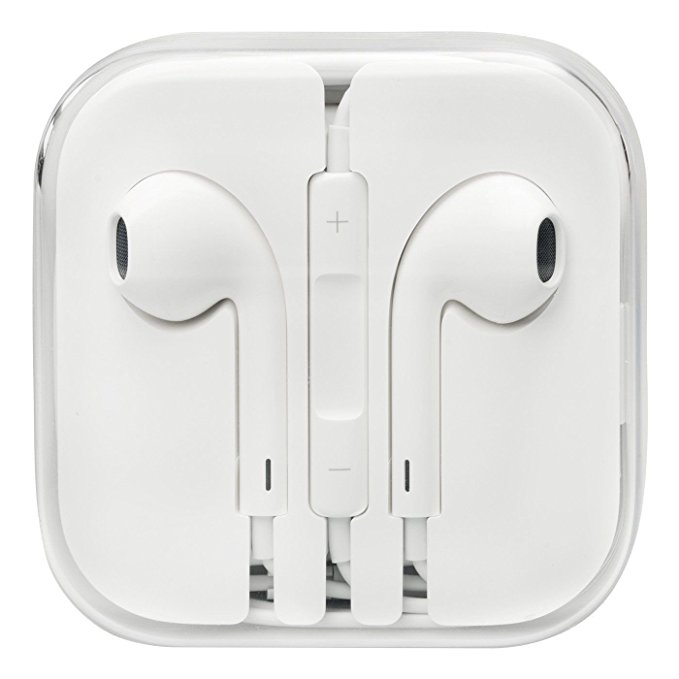On September 12, 2012, Apple introduced its iPhone 5. It was at a time when large smartphone displays were not very common, and at the same time, most customers of the Cupertino company were newly accustomed to the "square" iPhone 4 with its 3,5" display. Apple did not give up the sharp edges even with its new iPhone 5, but the body of this smartphone has also become thinner compared to the previous model and at the same time has been stretched a little higher.
It could be interest you

But the change in size was not the only innovation that was associated with the then new iPhone 5. The new smartphone from Apple was equipped with a Lightning port instead of a port for a 30-pin connector. In addition, the "five" offered a significantly better quality 4" Retina display, and was equipped with an A6 processor from Apple, which gave it significantly better performance and higher speed. At the time of its release, the iPhone 5 also managed to win one interesting first - it became the thinnest smartphone ever. Its thickness was only 7,6 millimeters, which made the "five" 18% thinner and 20% lighter than its predecessor.
The iPhone 5 was equipped with an 8MP iSight camera, which was 25% smaller than the iPhone 4s camera, but offered a lot of great new features, including the ability to take panoramic photos, face detection, or the ability to take pictures while simultaneously recording video. The packaging of the iPhone 5 itself was also interesting, in which users could find the new improved EarPods.
With its arrival, the iPhone 5 caused not only enthusiasm, but – as is the case – also criticism. For example, many users did not like the replacement of the 30-pin port with Lightning technology, even though the new connector was smaller and more durable than its predecessor. For those who were left with the old 30-pin charger, Apple prepared the corresponding adapter, but it was not included in the package of the iPhone 5. As for the software, the new Apple Maps application, which was part of the iOS 6 operating system, faced criticism, and which users criticized in a number of different ways shortcomings. The iPhone 5 was historically the first iPhone to be introduced in Apple's "post-Jobs" era, and its development, introduction, and sales were entirely under the baton of Tim Cook. Eventually, the iPhone 5 became a huge hit, selling up to twenty times faster than the iPhone 4 and iPhone 4s.




